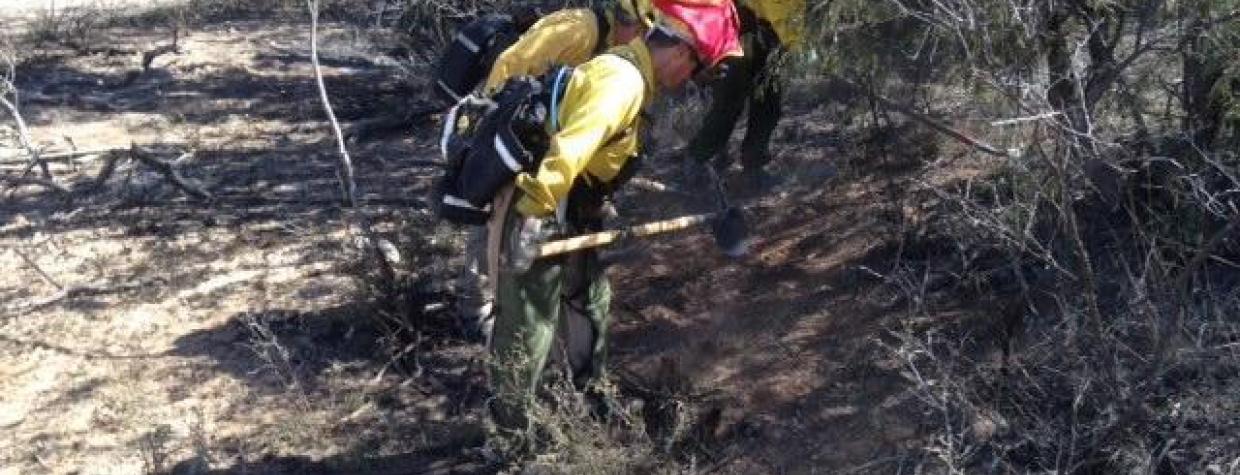Favorable weather has helped Arizona avoid a devastating wildfire season so far in 2015, and as local radio station KJZZ reported last week, many lightning-caused fires are being allowed to burn out naturally.
Above-average rainfall and a lack of wind have helped keep fires under control, a Bureau of Land Management official told the station. Lightning-caused fires are a key component of forest health, so the BLM and other agencies have been managing the fires as contained burns.
It also helps that there haven't been many notable human-caused blazes in the state this year. That's in sharp contrast to last year, when the Slide Fire — believed to have been caused by humans near Slide Rock State Park — burned more than 21,000 acres in Oak Creek Canyon north of Sedona.
The largest fire in Arizona's recorded history, the 2011 Wallow Fire in Eastern Arizona, was also human-caused, by two cousins who were camping. It burned nearly 540,000 acres — about six times the area burned by lightning-caused fires in the state so far this year — and the men who started it are on the hook for $3.7 million in restitution.
Though we haven't had to deal with that kind of devastation this year, Wallow and other human-caused blazes remain a good reminder to be smart with wildfires. The Leave No Trace Center for Outdoor Ethics recommends the following:
- Campfires can cause lasting impacts to the backcountry. Use a lightweight stove for cooking and enjoy a candle lantern for light.
- Where fires are permitted, use established fire rings, fire pans, or mound fires.
- Keep fires small. Only use sticks from the ground that can be broken by hand.
- Burn all wood and coals to ash, put out campfires completely, then scatter cool ashes.
Photo: Wildland firefighters manage vegetation during the Oak Tree Fire, a human-caused wildfire that burned about 2,000 acres near Sonoita in May. | Courtesy of Coronado National Forest

